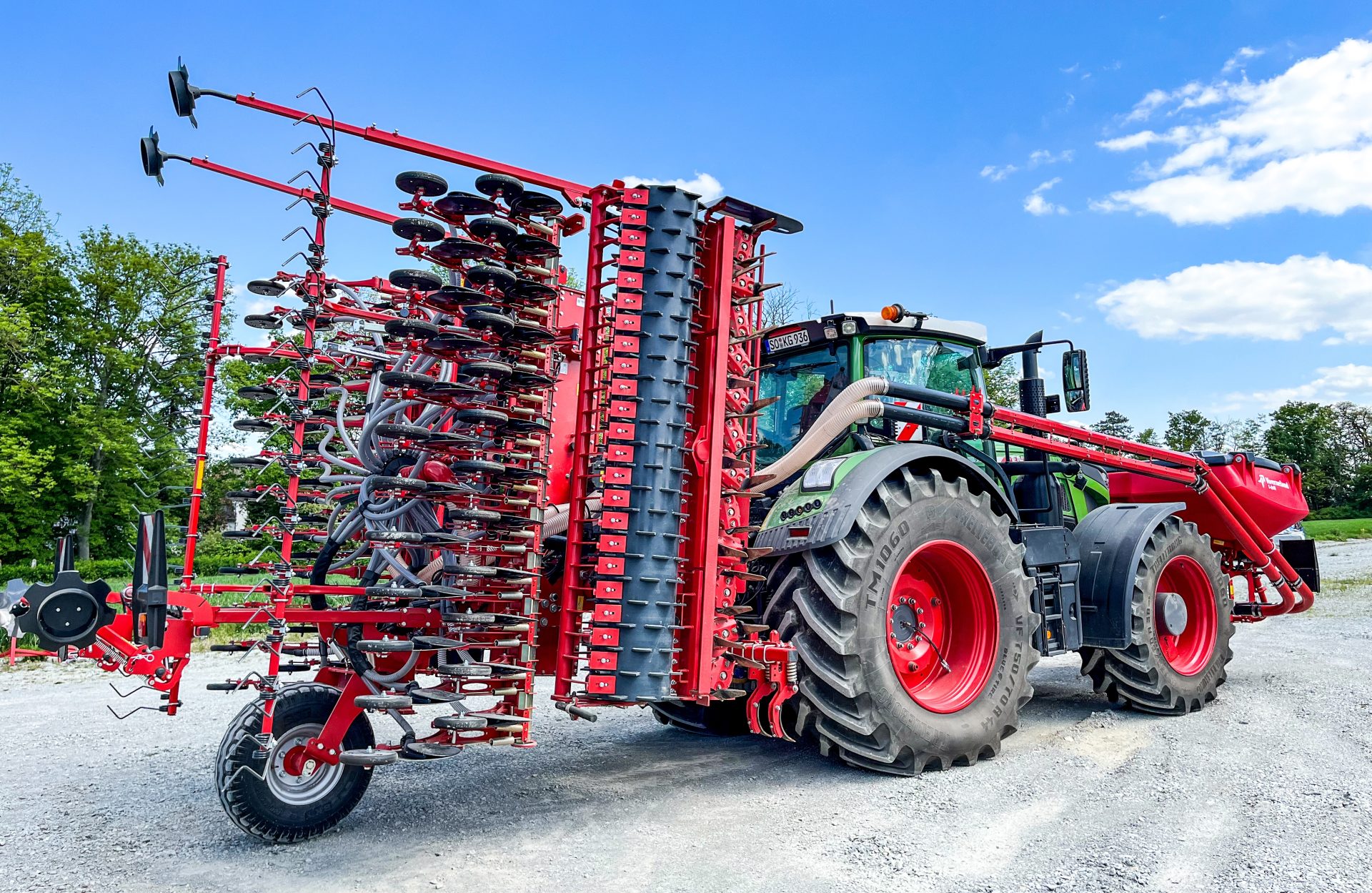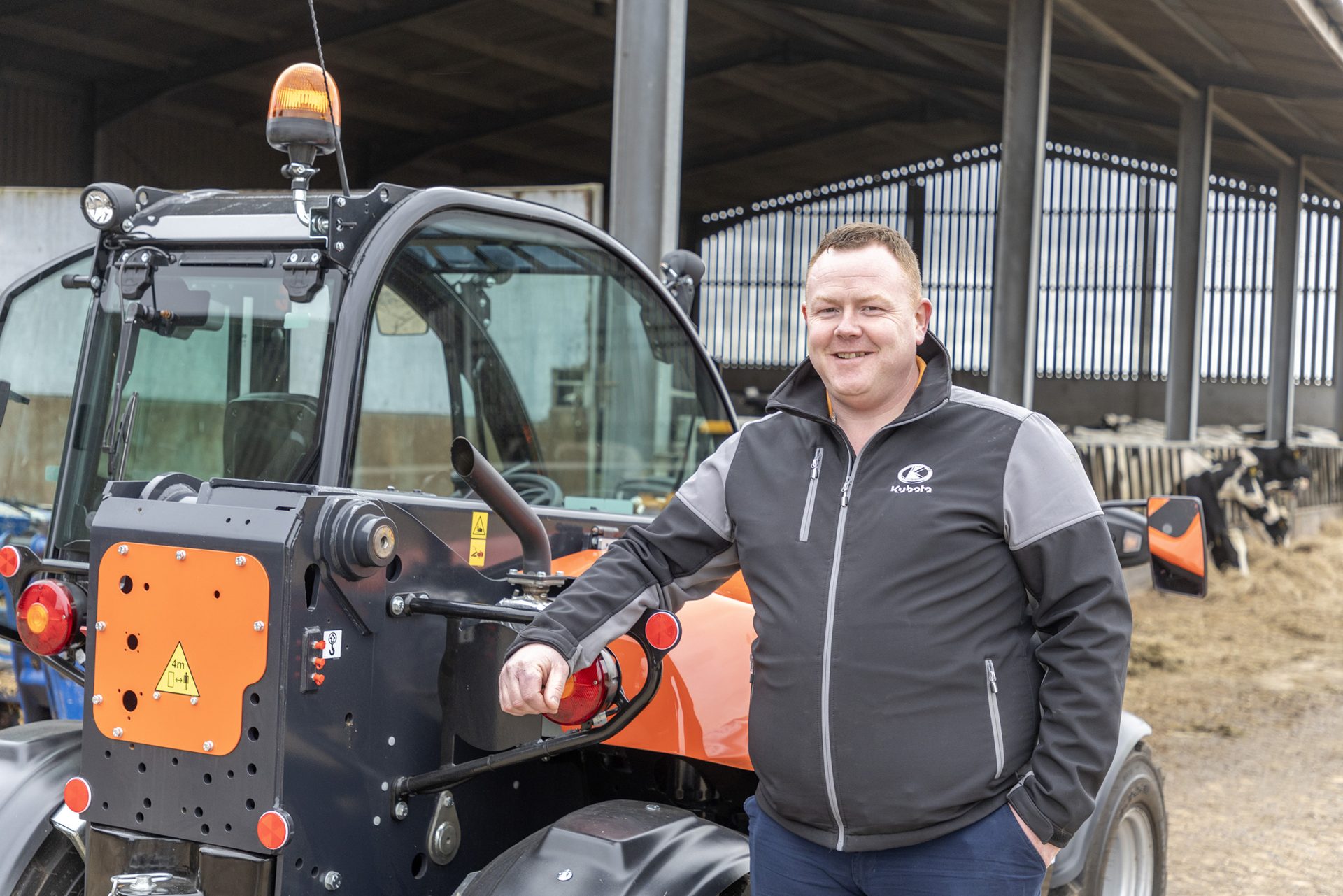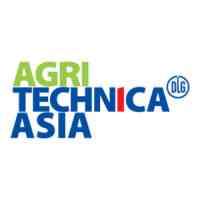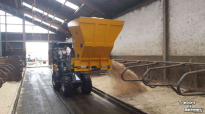Kverneland power harrows, sprayers and mergers
Staying within the tractor axle load requirements has prompted many manufacturers to rejig their power harrow drill offering. Kverneland can now be added to that list with the Rotago 4000 which can be partnered with an equally new rear coulter tool bar.One of the new Kverneland machines heading to Agritechnica this month, the range comprises 4.0, 4.5, 5.0 and 6.0m models with a big focus on making adjustments from the cab with both the working depth of the tines and the position of the clod bar set hydraulically. When used solo this can be altered using double-acting spools, but add a drill and it becomes an ISObus controlled machine.But one of the more striking changes is the headstock which is no longer directly attached to the power harrow bed, instead it couples to the packer roller and a parallel linkage holds the harrow. This is said to ensure the harrow remains level as you adjust the depth hydraulically. This should lead to an optimum setting which can reduce fuel consumption by 20% compared to a poorly setup machine.The sowing rig can use the new 60:40 split F-Drill front hopper with an Eldos metering system that can vary the quantity of both products while working with variable rate. The disc coulters are familiar but they are attached to a toolbar similar to a mechanical weeder allowing you to easily alter the spacing.Standard row spacing is 12.5cm or 25cm and the 6.0m also has the option of 15cm. To overcome the weight issue, there is a transport wheel at the rear that is hydraulically lowered into place. This will take up to 1.5t of the machine weight, so on the 4060F one-pass shown here, the tractor is supporting 3.6t of the rear outfit.Twin FillFor those running the latest generation of Kverneland/Vicon Ixter mounted sprayer with a front tank, the Dutch engineering team has come up with a clever bit of software to aid filling.Another novelty heading to Agritechnica, once the operator has inputted the area and rate in the cab terminal you can then fill both tanks as one with the electronics doing the calculations. A small amount of fresh water (for example 300l) is first sent to the front tank, before you start adding the chemical and the rear tank fills to capacity, in this case 1,800-litres, before 700l of this slightly higher concentrated liquid is pushed to the front and the rear tank is then fully filled again.One last step is 100l of fresh water is used to flush through the supply pipe running from the rear to the front and then you are good to go. The logic for the system is that you have a homogenous mix in both tanks and it takes away the need for some of the maths involved. Twin Fill will be standard on all high spec Ixter sprayers.Kverneland ROCWhile the RT range meets the needs for 80-90% of the market it is not as suited to handling short 20-25cm tall silage. This is where the RS comes in. Another machine available for inspection on Kverneland’s Agritechnica stand, it has a number of design differences including a crop press roller to ensure the crop engages with the tines, this is not on the RT where the roller would damage the likes of lucernce.The roller is connected to a pair of rams on each section, so it moves parallel rather than flexing. The rams also allow the roller to be raised out of work when handling higher volume material such as straw. There six rows of tines instead of the usual five.The belt is an endless design with moulded slats. Every third slat has waves along its edge to help hold the crop and prevent it sliding across to the rear of the machine. It also benefits from the sprocket rather than roller driven belt design which reduces the radius meaning it can spin faster.For more up-to-date farming news click here and subscribe now to profi and save 47%.Share this:TwitterFacebookRedditWhatsApp by Steven Vale More From This Author

Mercredi 1 novembre 2023
Vous voulez en savoir plus ? S'il te plaît regarde… www.profi.com





















